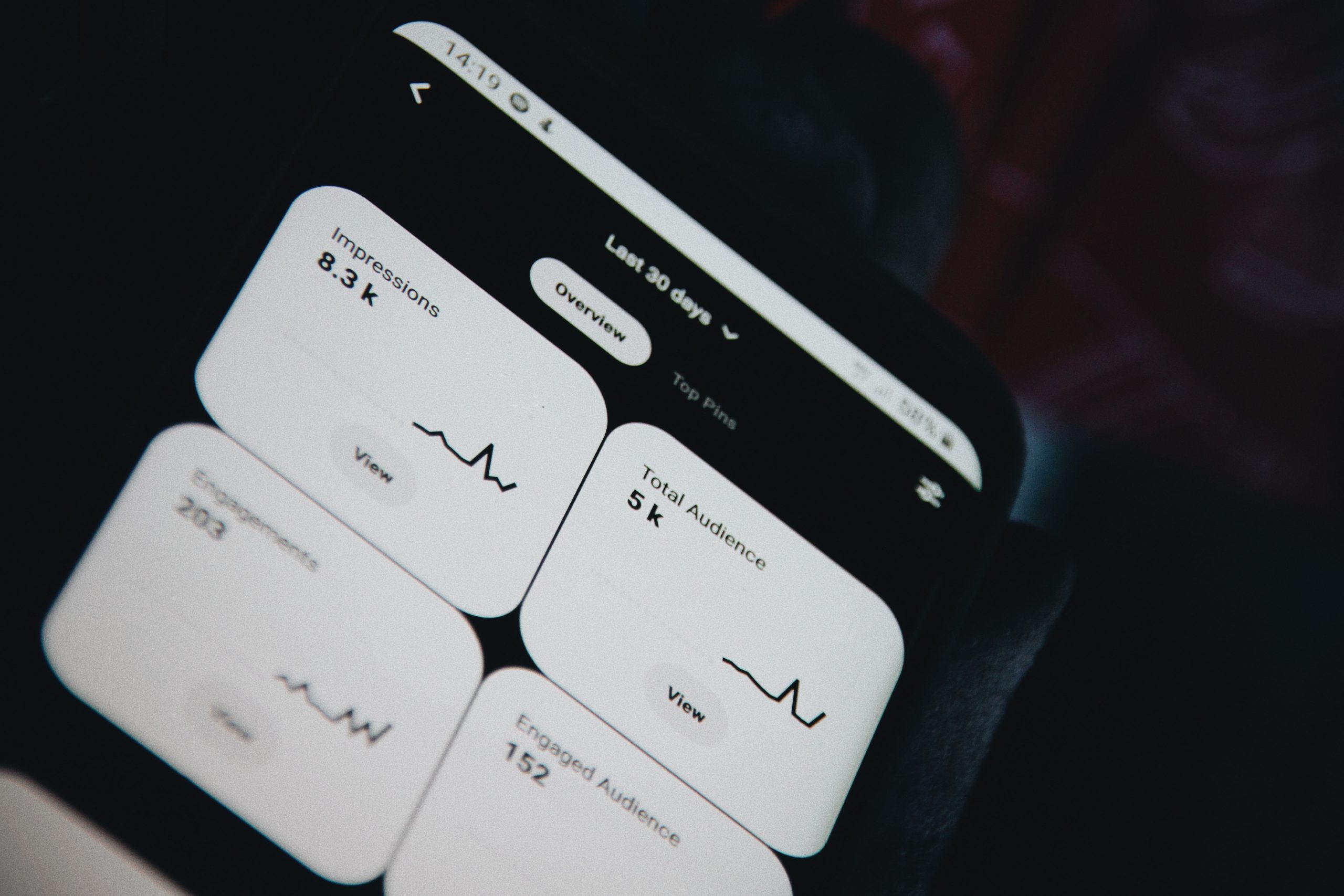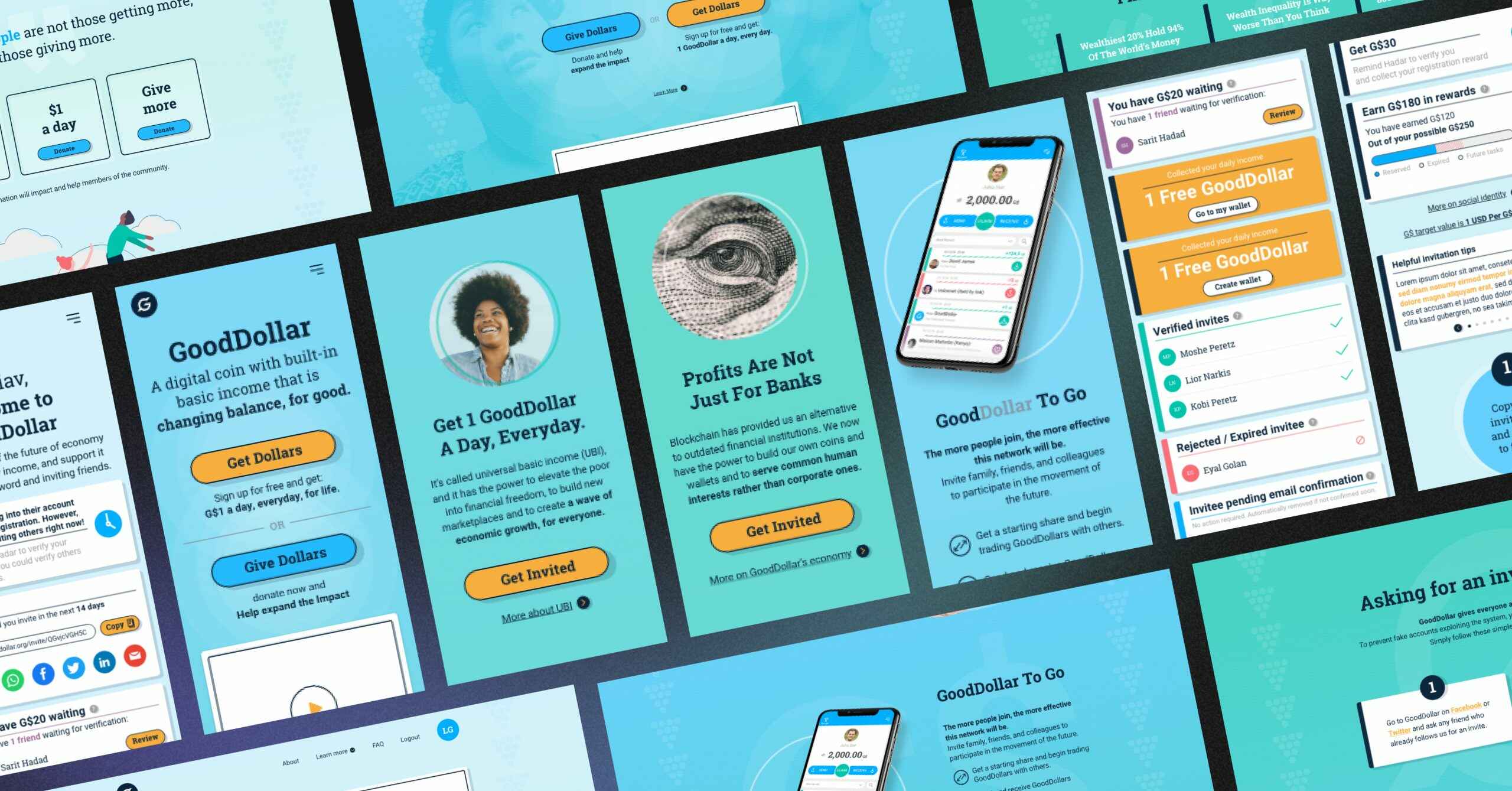In today’s tech-savvy world, mobile apps have become a necessity for businesses of all sizes. And when it comes to developing a mobile app, there are several options to consider. One such option is hybrid app development. But what exactly is a hybrid app, and how much does it cost to build one in London, UK? In this article, we will dive deep into the world of hybrid apps and explore the factors that influence their cost. So, let’s get started!
Hybrid App Development Definition
Before we delve into the cost of building hybrid apps, it’s important to understand what they are. In simple terms, hybrid apps are a combination of native and web apps. They are built using web technologies such as HTML, CSS, and JavaScript and then wrapped in a native container using frameworks like React Native or Flutter. This allows the app to run on multiple platforms, making it a cost-effective solution for businesses.
What is a Hybrid App?
A hybrid app is essentially a web app that is packaged within a native app shell, allowing it to be distributed through app stores like Google Play Store and Apple App Store. This enables businesses to reach a wider audience without the need to develop separate native apps for each platform.
Hybrid apps leverage the power of web technologies to create a seamless user experience. They combine the best of both worlds by utilizing web technologies for the user interface and native capabilities for accessing device features such as camera, GPS, and push notifications. This approach allows businesses to create feature-rich apps that can be easily deployed across different platforms.
Benefits of Hybrid Apps
Hybrid apps offer several advantages over their native counterparts. Firstly, they are cost-effective as they eliminate the need for separate development for different platforms. By leveraging web technologies, businesses can save time and resources by building a single codebase that can be deployed on multiple platforms.
Furthermore, hybrid apps provide cross-platform compatibility, allowing businesses to target both iOS and Android users. This widens the potential user base and increases the reach of the app. Instead of developing separate apps for each platform, businesses can focus on building a single app that works across multiple devices and operating systems.
In addition to cost-effectiveness and cross-platform compatibility, hybrid apps offer faster development cycles and easy maintenance. With a single codebase, developers can make updates and improvements more efficiently, reducing the time and effort required for maintenance. This agility is particularly beneficial for businesses that need to quickly adapt to changing market trends and user demands.
Moreover, hybrid apps can provide a consistent user experience across platforms. By utilizing web technologies, businesses can ensure that the app’s design and functionality remain consistent regardless of the operating system or device being used. This helps in building brand recognition and user loyalty.
In conclusion, hybrid apps offer a compelling solution for businesses looking to develop cost-effective, cross-platform applications. By leveraging web technologies and native capabilities, these apps combine the best of both worlds, providing a seamless user experience while reducing development time and costs.
Factors Influencing the Cost of Building a Hybrid App
Now that we have a basic understanding of hybrid apps, let’s explore the factors that influence their cost. From our experience at Wesoftyou, the following factors play a crucial role:
Complexity of the App
The complexity of an app is one of the key factors that determine its cost. A simple app with basic features will cost significantly less than a complex app with advanced functionalities. The number of screens, integrations with third-party services, and backend development requirements all contribute to the complexity of the app.
For example, a simple app that only requires a few screens and minimal integrations with external services will have a lower development cost compared to a complex app that needs multiple screens, extensive integrations, and sophisticated backend development.
Moreover, the complexity of an app can also affect the time required for development. Complex apps often require more coding, testing, and debugging, which can extend the development timeline and subsequently increase the overall cost.
Design Requirements
The design of an app can greatly impact its cost. Customized user interfaces, animations, and iconography require more time and effort from designers, resulting in higher costs. However, opting for pre-built templates and standard UI components can help keep the design costs in check.
When it comes to design, it’s essential to strike a balance between aesthetics and functionality. While a visually appealing app can enhance user experience and engagement, it’s important to consider the additional time and cost associated with custom design elements.
For instance, if an app requires unique and intricate animations, designers will need to invest more time and effort in creating them. This can significantly increase the design cost. On the other hand, using pre-built templates and standard UI components can save time and reduce expenses, especially for simpler apps with less emphasis on visual appeal.
Developer Experience and Rates
The rates charged by developers also influence the overall cost of hybrid app development. Highly experienced developers with a proven track record may charge higher rates, but their expertise can significantly impact the quality and functionality of the app. It’s important to strike a balance between cost and expertise when choosing a development team.
Experienced developers bring valuable skills and knowledge to the table, which can result in a more efficient development process and higher quality code. Their expertise can help optimize the app’s performance, ensure scalability, and minimize the risk of technical issues.
However, it’s crucial to consider the budget constraints when selecting a development team. While experienced developers may offer exceptional services, their rates can sometimes exceed the allocated budget. In such cases, it may be necessary to explore alternatives, such as hiring developers with less experience or outsourcing certain development tasks to reduce costs.
Ultimately, the choice of developers should be based on a careful evaluation of their expertise, rates, and compatibility with the project requirements and budget.
Average Cost of Building a Hybrid App Development in London
Now that we have discussed the factors influencing the hybrid app development cost, let’s dive into the average cost in London. Please note that the following figures are rough estimates and can vary based on the complexity of the app and the development team’s rates.
To build a hybrid app in London involves several cost considerations. One of the primary factors that influence the cost is the complexity of the app. The more features and functionalities you want to incorporate into your app, the higher the cost will be. This is because complex apps require more time and effort to develop, test, and maintain. Additionally, the design and user interface of the app also impact the cost. If you want a visually appealing and user-friendly app, it may require more design work and thus increase the overall cost.
Another factor that affects the cost of building a hybrid app in London is the development team’s rates. The rates can vary depending on the experience and expertise of the developers. Highly skilled developers may charge higher rates, but their expertise can significantly contribute to the quality and functionality of your app. It is important to find a balance between cost and quality when selecting a development team.
Cost Breakdown
The average cost of building a hybrid app in London ranges from £15,000 to £150,000, depending on the factors mentioned earlier. Keep in mind that this is an estimate, and the actual cost may differ based on your specific requirements.
Let’s break down the cost further. The initial phase of hybrid app development involves planning and designing the app. This includes wireframing, prototyping, and creating the user interface. The cost for this phase can range from £2,000 to £20,000, depending on the complexity and design requirements.
The next phase is the development phase, where the actual coding and programming take place. This phase can be the most time-consuming and costly part of the process. The cost for development can range from £10,000 to £100,000, depending on the complexity of the app and the number of features to be implemented.
After the development phase, the app goes through rigorous testing and quality assurance to ensure that it functions properly and is free from bugs and errors. The cost for testing and quality assurance can range from £2,000 to £10,000, depending on the size and complexity of the app.
Finally, there are ongoing costs to consider, such as app maintenance and updates. These costs can vary depending on the frequency and complexity of the updates required. It is important to factor in these ongoing costs when budgeting for your hybrid app.
Comparing Costs: London vs Other Cities
In comparison to other cities, London tends to have slightly higher development costs due to the higher cost of living and the availability of skilled developers. However, the quality of work and the level of expertise in London also tend to be higher, making it a worthwhile investment for businesses.
When comparing the cost of building a hybrid app in London to other cities, it is important to consider the value for money. While the initial investment may be higher in London, the expertise and quality of work can result in a more robust and successful app. Additionally, being located in London can provide access to a larger pool of talent and resources, which can be advantageous for businesses looking to build a top-notch hybrid app.
It is also worth mentioning that London has a thriving tech ecosystem with numerous tech events, conferences, and networking opportunities. This vibrant tech community can provide valuable support and resources for app development, further enhancing the overall value of building a hybrid app in London.
3 Steps to Developing a Hybrid App
Now that we have covered the cost aspect, let’s take a look at the steps involved in building a hybrid app:
1. Planning and Designing
The first step in building a hybrid app is thorough planning and designing. This involves defining the app’s features, functionality, and user experience. Wireframing, prototyping, and user testing are essential in this phase to ensure a seamless app flow.
During the planning and designing phase, it is important to conduct market research and competitor analysis. This helps in understanding the target audience and identifying unique selling points for the app. By analyzing the competition, developers can gain insights into what works and what doesn’t, allowing them to create an app that stands out from the crowd.
Furthermore, user experience (UX) design plays a crucial role in hybrid app development. UX designers focus on creating intuitive interfaces, easy navigation, and visually appealing designs. They conduct user research to understand user behavior and preferences, which helps in designing an app that provides a delightful user experience.
2. Development and Testing
Once the planning and designing phase is complete, the development team begins working on the app. This involves writing code, integrating APIs, and ensuring the app works flawlessly across different devices and platforms. Rigorous testing is done to identify any bugs or glitches and to ensure the app meets the desired standards of quality.
Hybrid app development involves using web technologies such as HTML, CSS, and JavaScript. Developers leverage frameworks like React Native, Flutter, or Ionic to build apps that can run on multiple platforms. These frameworks provide a bridge between the web and native components, allowing developers to create apps that have the performance of native apps and the flexibility of web apps.
During the development phase, it is important to follow coding best practices and adhere to coding standards. This ensures that the codebase is clean, maintainable, and scalable. Regular code reviews and version control help in maintaining code quality and collaboration among team members.
3. Launch and Maintenance
After the development and testing phase, the app is ready to be launched on the app stores. This involves creating developer accounts and following the submission guidelines of each store. Once the app is live, regular maintenance and updates are necessary to address user feedback, fix bugs, and introduce new features.
Launching an app requires effective marketing strategies to create awareness and drive downloads. This includes optimizing the app store listing with relevant keywords, creating engaging promotional materials, and leveraging social media and other advertising channels.
Maintenance of a hybrid app involves monitoring user feedback and app performance. Regular updates are released to fix any bugs or issues reported by users. Additionally, new features are introduced to enhance the app’s functionality and keep up with the evolving market trends.
Furthermore, app analytics are crucial for understanding user behavior and making data-driven decisions. By analyzing user engagement, retention rates, and conversion rates, developers can identify areas for improvement and optimize the app accordingly.
So the average costs of hybrid app development will vary from £137,000 to £590,000.
| Cost Component | Estimated Cost Range (in GBP) |
|---|---|
| Development | £50,000 – £200,000 |
| Design | £10,000 – £50,000 |
| User Interface (UI) Design | £10,000 – £50,000 |
| User Experience (UX) Design | £10,000 – £50,000 |
| Platform Compatibility | £20,000 – £100,000 |
| Feature Complexity | £10,000 – £50,000 |
| Backend Integration | £10,000 – £50,000 |
| Testing | £5,000 – £30,000 |
| Deployment | £2,000 – £10,000 |
| Maintenance and Support | £20,000 – £100,000 |
| Total | £137,000 – £590,000 |
Ways to Reduce the Cost of Hybrid App Development
Budget-conscious businesses are always looking for ways to reduce the cost of app development. Here are some strategies to consider:
Outsourcing vs In-house Development
Outsourcing app development to a trusted software development company like Wesoftyou can significantly reduce costs. By leveraging the expertise of an external team, businesses can save on hiring and training costs associated with in-house development.
When outsourcing app development, businesses can benefit from the specialized skills and experience of the external team. These teams are well-versed in the latest technologies and best practices, ensuring the development of high-quality hybrid apps at a fraction of the cost.
Additionally, outsourcing allows businesses to focus on their core competencies while leaving the technical aspects of app development to the experts. This can result in increased efficiency and productivity, further reducing costs in the long run.
Using App Development Platforms
Another cost-saving option is to use app development platforms like React Native or Flutter. These frameworks allow developers to write a single codebase that can be used for both iOS and Android platforms, reducing the development time and cost.
With app development platforms, developers can take advantage of pre-built components and libraries, saving time and effort in coding from scratch. These platforms also provide a wide range of plugins and extensions, enabling developers to add additional functionalities without significant cost.
Furthermore, using app development platforms allows for easier maintenance and updates. Since the codebase is shared across platforms, bug fixes and feature enhancements can be implemented more efficiently, reducing the overall cost of app maintenance.
Minimizing Features in the Initial Version
When working with a limited budget, it’s advisable to focus on the core features of the app and prioritize them for the initial release. Additional features can be added in future updates as the app gains traction and generates revenue.
By starting with a minimum viable product (MVP), businesses can validate their app idea and gather user feedback early on. This feedback can then be used to prioritize and refine additional features, ensuring that resources are allocated effectively.
Moreover, launching with a leaner version of the app allows businesses to test the market and gauge user demand before investing heavily in development. This approach reduces the risk of building unnecessary features that may not resonate with the target audience, ultimately saving costs in the long term.
Case Studies of Creating Hybrid Apps in London
London has been a hub for innovative hybrid app development, with numerous success stories and valuable lessons learned from failed projects. Let’s delve into some case studies that highlight the achievements and challenges of hybrid app development in the city.
Successful Hybrid App Examples
One notable example is the Citymapper app, a revolutionary solution that has transformed the way Londoners navigate the city. This hybrid app leverages cutting-edge technology to provide accurate and real-time public transportation information. With its seamless user experience across both iOS and Android platforms, Citymapper has become an indispensable tool for commuters and tourists alike.
Another remarkable success story is the Deliveroo app, which has revolutionized the food delivery industry in London. By adopting hybrid app development, Deliveroo offers a user-friendly interface that allows customers to easily browse and order from a wide range of restaurants. The app’s efficient delivery tracking system and secure payment options have contributed to its popularity among Londoners.
Furthermore, the Monzo app has gained significant traction in London’s financial technology sector. This hybrid app provides users with a seamless mobile banking experience, allowing them to manage their finances, track expenses, and make payments with ease. The app’s intuitive design and robust security features have made it a favorite among tech-savvy Londoners.
Lessons Learned from Failed Projects
While there have been success stories, it is essential to acknowledge the challenges that hybrid app projects have faced in London. Through careful analysis, several key factors have been identified as contributing to project failures.
Lack of proper planning has often been a significant hurdle for hybrid app development projects. Insufficient consideration of the target audience, inadequate market research, and failure to define clear objectives have resulted in apps that fail to meet user expectations and struggle to gain traction in the competitive app market.
Poor app performance is another common issue faced by hybrid app projects. Inadequate optimization, compatibility issues, and slow loading times can significantly impact the user experience, leading to user dissatisfaction and eventual abandonment of the app. It is crucial for developers to prioritize performance optimization throughout the development process to ensure a smooth and responsive app.
Additionally, subpar user experience has been identified as a major reason for the failure of hybrid app projects. Inconsistencies in design, unintuitive navigation, and lack of personalized features can result in users abandoning the app in favor of more user-friendly alternatives. Developers must prioritize user-centered design principles to create engaging and intuitive interfaces that cater to the needs and preferences of their target audience.
By learning from these mistakes, developers in London are continuously striving to improve the hybrid app development process. Through meticulous planning, rigorous testing, and a focus on delivering exceptional user experiences, they are pushing the boundaries of what can be achieved with hybrid app technology.
Takeaways on Hybrid App Development
In conclusion, building a hybrid app in London can be a worthwhile investment for businesses. While the cost may be slightly higher compared to other cities, the expertise and quality that London-based development teams offer can make a significant impact on the success of your app. We at Wesoftyou, with our experience in software development across various industries, can provide you with comprehensive guidance and support throughout the app development journey. Contact us today for a free consultation or project estimation.
Read how much does it cost to build Fitness App in London, UK.
FAQ
A hybrid app is built using web technologies and wrapped in a native container, allowing it to run on multiple platforms. A native app, on the other hand, is developed specifically for a particular platform (e.g. iOS or Android) using the platform-specific programming languages and tools. Hybrid apps offer cross-platform compatibility and cost-effectiveness, while native apps provide a higher level of performance and access to native device features.
The development time for a hybrid app depends on various factors, including the complexity of the app, the size of the development team, and the availability of resources. On average, it can take anywhere from a few weeks to several months to develop a hybrid app.
Yes, you can update your hybrid app after it has been launched. In fact, regular updates are essential to address user feedback, fix bugs, and introduce new features. App stores provide mechanisms to submit updates, and users can download these updates seamlessly.





















